Seafood has always been popular with most people. Amongst a handful of people who either don’t like fish or avoid them due to allergies, most of us would gorge on food from the sea, if given a chance. The most common seafood that are cooked not just at home but also served at some of the best restaurants as delicacies are oysters, mussels, scallops, prawns, shrimps, lobsters, squid (often known as calamari) and crabs. They are not only delicious, but are also packed with nutrients especially protein and Omega-3 fatty acids. They are excellent substitutes for lean meat, and are preferred even by those who are keen on building muscles. In spite of the fact that there are so many seafood lovers out there, fish is quite expensive and most people cannot afford it on a daily basis. To combat this issue, several companies come up artificial sea food, that doesn’t cost you a bomb if you were to pick them off the shelves of supermarkets. One such fake seafood is the Imitation Crab.
What Is Imitation Crab?
Have you ever visited a Japanese restaurant and ordered their popular sushi roll? If yes, then you might have consumed the Imitation Crab. As the name suggests, it’s not crab. It’s an impersonator that proudly masquerades the Japanese culinary circuit as real seafood. In Japan, it is known as ‘surimi’ and is made out of the white-fleshed surimi fish that is cooked and processed into a fine paste. This paste is then combined with several food additives and coloring to taste, look and smell like the leg meat of a Japanese Spider Crab or a Snow Crab. Imitation Crab, also known as Crab Stick, has its quirks. For starters, it’s way cheaper than the real thing. Second, it tastes almost identical to crab meat. However, if you love seafood, it’s always preferred that you eat and enjoy actual crab meat. Moreover, if you have a history of diabetes, then for nutritional reasons, you’d better avoid it. The question remains though, is Imitation Crab a healthy choice of food? Let’s find out.
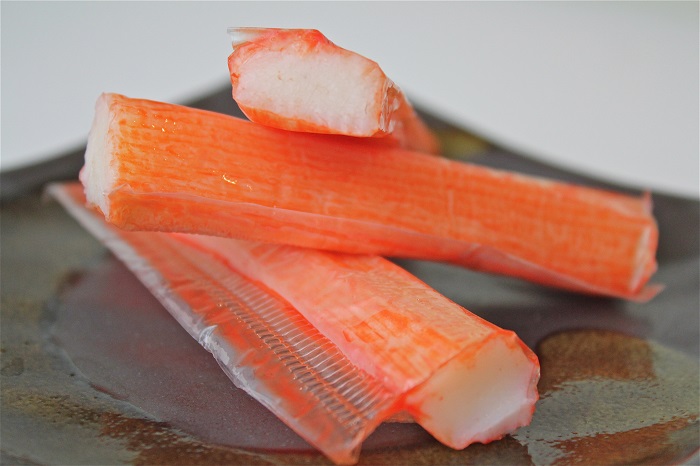
Photo Credit
http://www.mysushidaddy.com/crab-sticks-101-for-making-sushi-rolls
Is Imitation Crab Meat Healthy for You?
Imitation crab has its pros and cons. However, most studies conducted on the health benefits of crab sticks show that the negative outweigh the positives by a large margin.
Pros:
Calories, Fat & Cholesterol
Compared to the real, expensive seafood, imitation crab has a lesser content of fat and calories. If you are keeping a check on your weight gain, and you are still not ready to sacrifice your love for crab, you could go for its duplicate version, 3-ounces of which contain only 81-calories. Also, it contributes only 1gm to the fat you already have, and a meagre 17mg of cholesterol.

Photo Credit
http://streetworkouts.net/weight-loss-diet-plans/3-ways-to-lose-weight-fast
Phosphorus
The quantity of phosphorus that crab sticks are packed with is pretty impressive. The real thing would probably shy away when it comes to this important mineral. Phosphorus is good, not just for your bones and teeth, but also for better muscle growth. 3-ounces of imitation crab can contribute more than 240-milligrams of the necessary 700mg of phosphorus that your body requires on a daily basis.
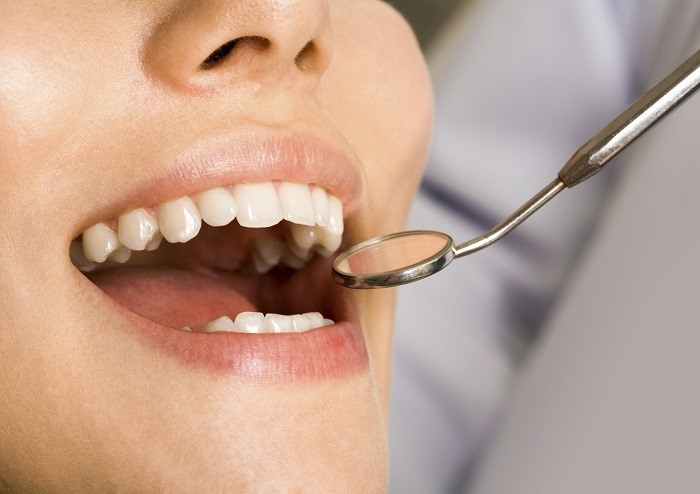
Photo Credit
http://www.stockdalemartin.co.uk/stockdalemartin-news/adult-dental-health-survey-2009-key-findings/
Cons:
Sodium
Health benefits aside, it has been found that imitation crab contains massive amounts of sodium, which of course, is detrimental to our health. High sodium intake can put our lives at stake, with increasing the risk of renal failure, high blood pressure, and resulting paralytic attack. Though the sodium contributed by crab sticks is below the recommended dosage, it is not the only source we get this mineral from. Hence, it is important we avoid imitation crab as much as possible.
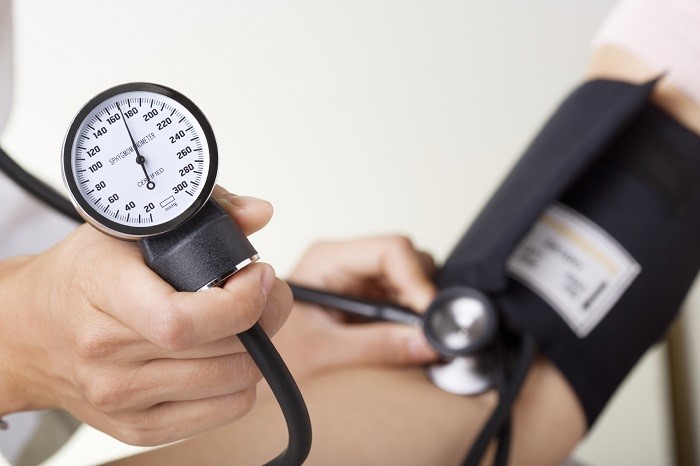
Photo Credit
http://www.vaheart.org/how-to-lower-high-blood-pressure/
Carmine
Carmine refers to the red food coloring that you see in several items. The carmine used in crab stick comes from crushing dried cochineal beetles. Yes, it does sound gross, doesn’t it? Other than the fact that for most people it is grotesque to be consuming beetles, there are many dietary concerns too.
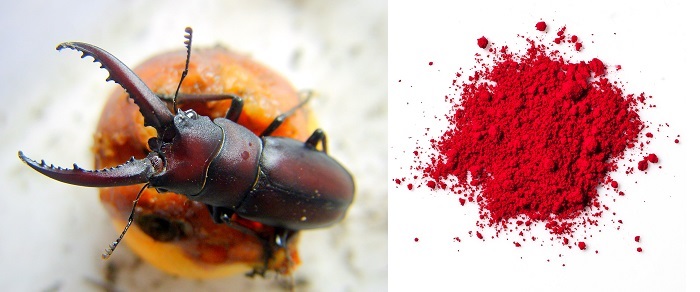
Photo Credit
http://writtenbynikki.com/2012/11/21/all-you-need-to-know-about-vegetarianism-and-why-you-are-wrong-to-judge/
http://ritueldefille.com/ingredient-carmine/
Disodium Inosinate & Guanylate
With regards to companies falling into trouble owing to excessive addition of MSG, there are many brands of imitation crab that use substitutes like Disodium Guanylate and Inosinate. Though they are lesser known, they are found in abundance in all canned food and are as harmful as their counterpart. These chemicals should be strictly avoided by those who suffer from conditions like gout.
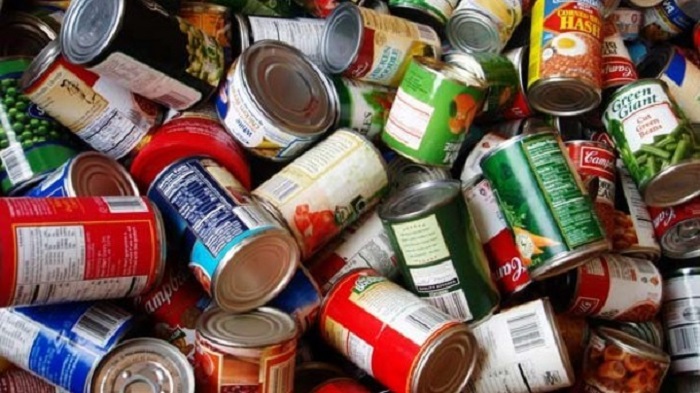
Photo Credit
http://www.foodproductiondaily.com/Safety-Regulation/Shutdown-affects-imported-canned-foods-inspections
Potassium Chloride
Crab sticks are loaded with salt and its alternatives, which include Potassium Chloride. This chemical compound has been found to be one of the causes for cardiovascular diseases, stroke and weak muscles. Overdose of potassium chloride also manifests as nausea and gastritis.

Photo Credit
http://www.worldmagacy.com/how-to-get-rid-of-nausea-natural-home-remedies-for-nausea/
Sodium Pyrophosphate
Sodium Pyrophosphate is extensively incorporated into fake crab meat as a binding agent and a food additive. Consuming it in large doses can cause stomach cramps, and hence it should be avoided as much as possible.

Photo Credit
http://www.ihomeremedy.net/how-to-get-rid-of-gas-pains/
Monosodium Glutamate And Other Harmful Compounds
Several brands of fake crab meat are laden with Monosodium Glutamate, commonly called MSG. Though it tastes like salt, it is ten times deadlier. In fact MSG is a carcinogenic substance, which if ingested beyond limits can cause cancer. Though not present in its usual form, the MSG is one of the main components of hydrolyzed soy protein, which is used in crab sticks. Ironically, despite MSG being prohibited, the FDA does allow the use of hydrolyzed soy protein. Other than MSG, Imitation Crab also contains other compounds like sorbitol and carrageenan, which cause gastric disorders and inflammation.
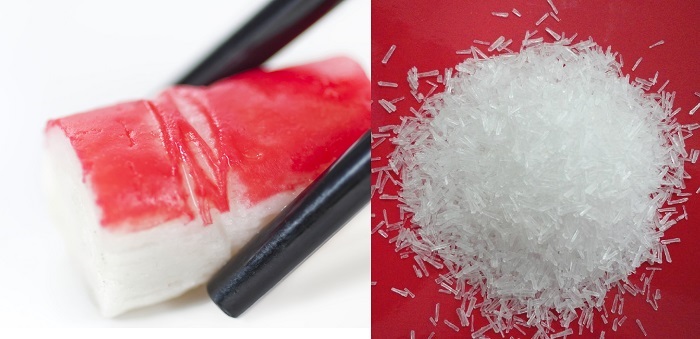
Photo Credit
http://www.nationalfoodgroup.com/Products/Seafood-Other/
http://www.launcherchem.com/news/?5_972.html
A Bad Protein Source
Admittedly, surimi is fish, and hence should be packed with protein. Though it does have a certain quantity of protein, there are other food items that are much better sources. In fact, even lentils provide you with way more protein than imitation crab. Then of course you have eggs, chicken breasts and all forms of lean meat. Now with so many options available, do you really need to give protein as an excuse to have crab sticks?
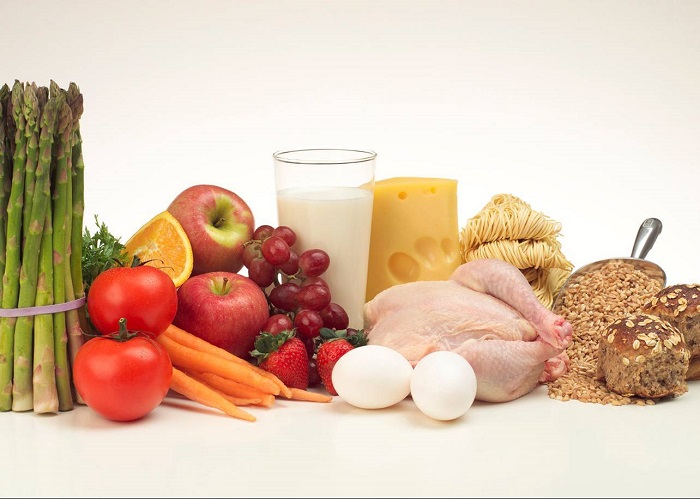
Photo Credit
http://www.lunchboxdiet.co.uk/health-tips/sources-of-protein-for-dieting/
Tips For Incorporating It Into A Meal
If you badly want to have crab sticks, which are usually what make up the iconic sushi rolls, small quantities added to green salads or stews, would not cause much harm. You can also mix tiny pieces of fake crab with mayonnaise and fresh herbs to make a tasty sandwich filling. However, don’t you think it is always a good idea to take precautions and use the real thing? Given its expensive, but real sea food is always healthier and more flavorsome than any imposter.


